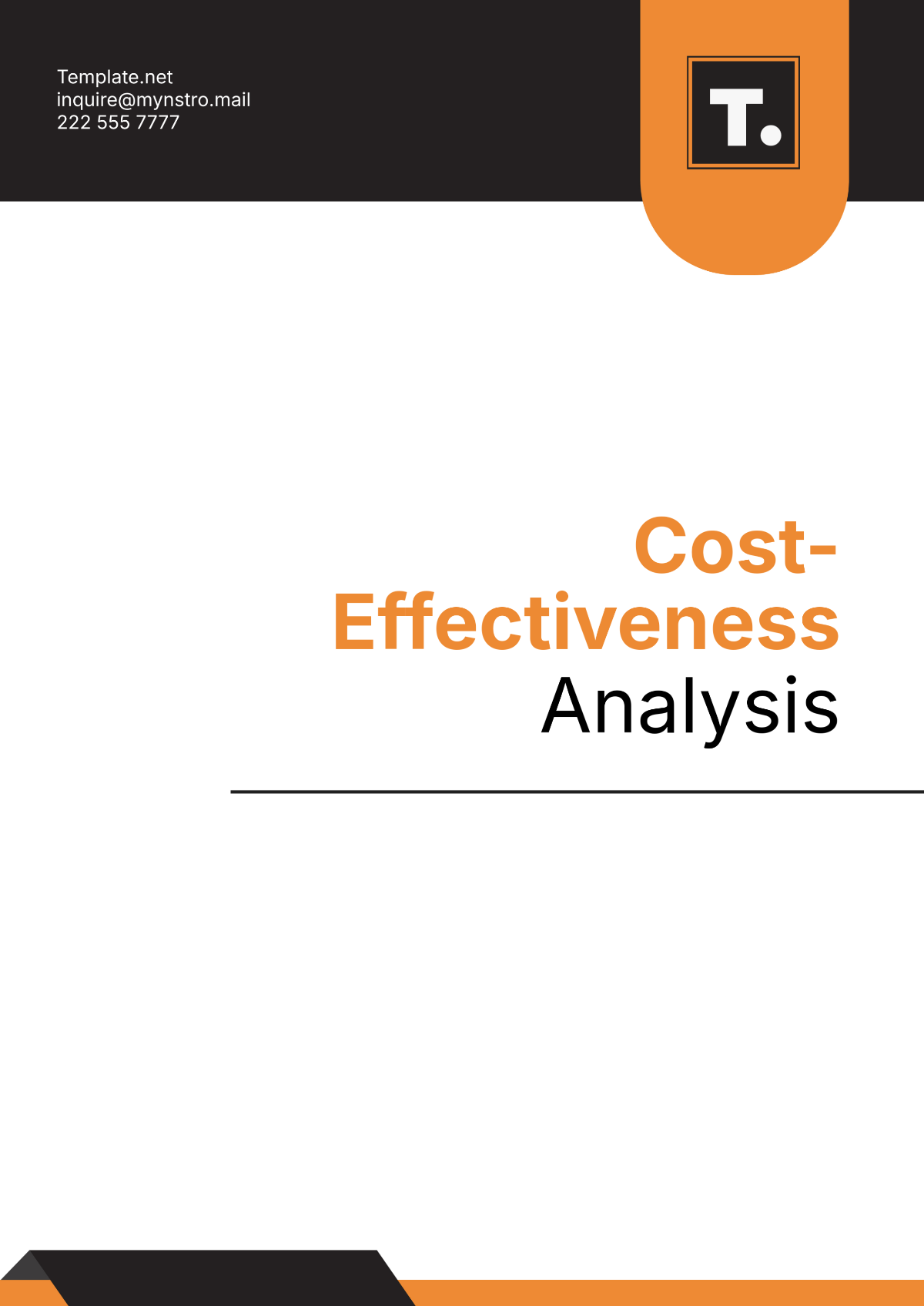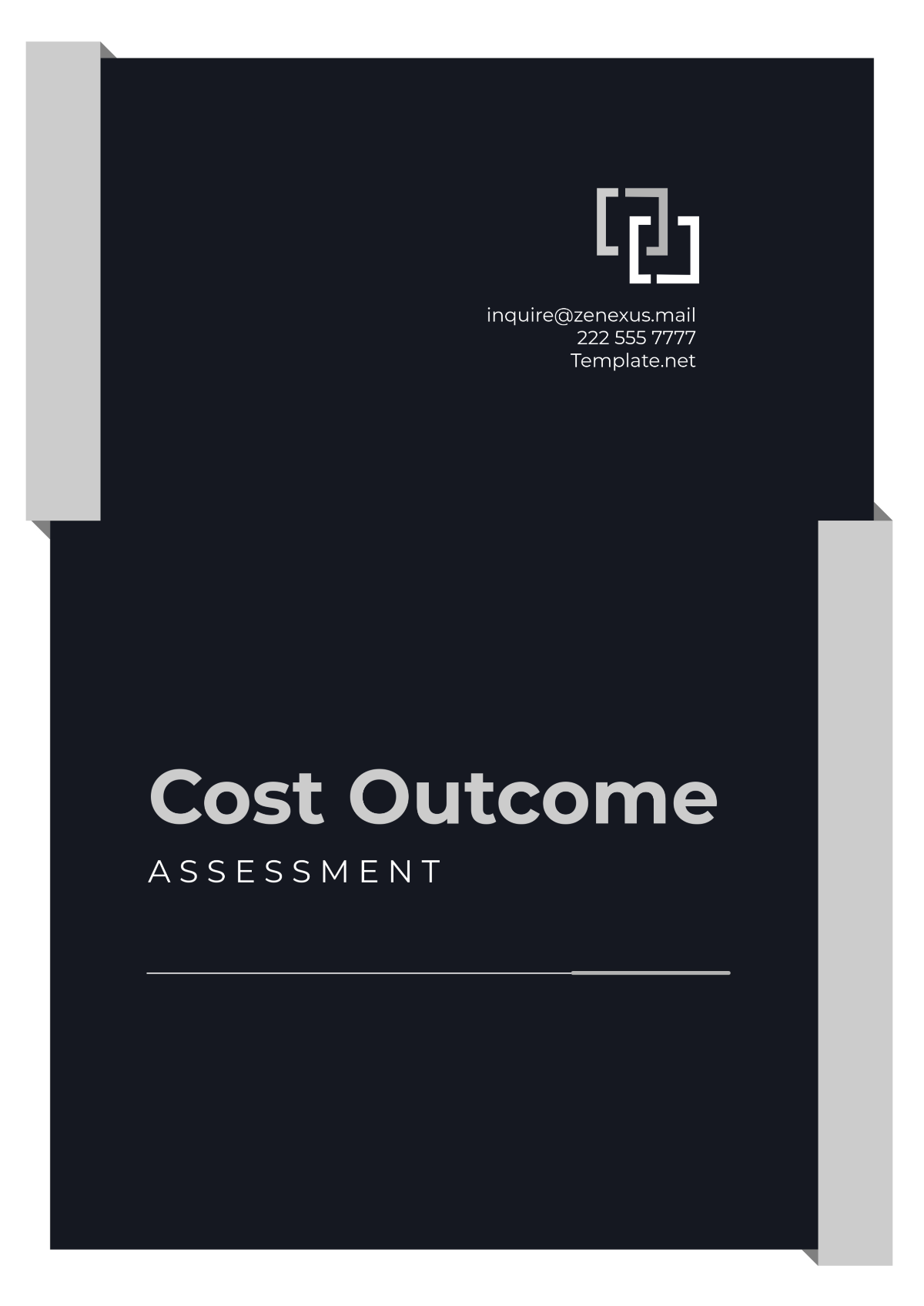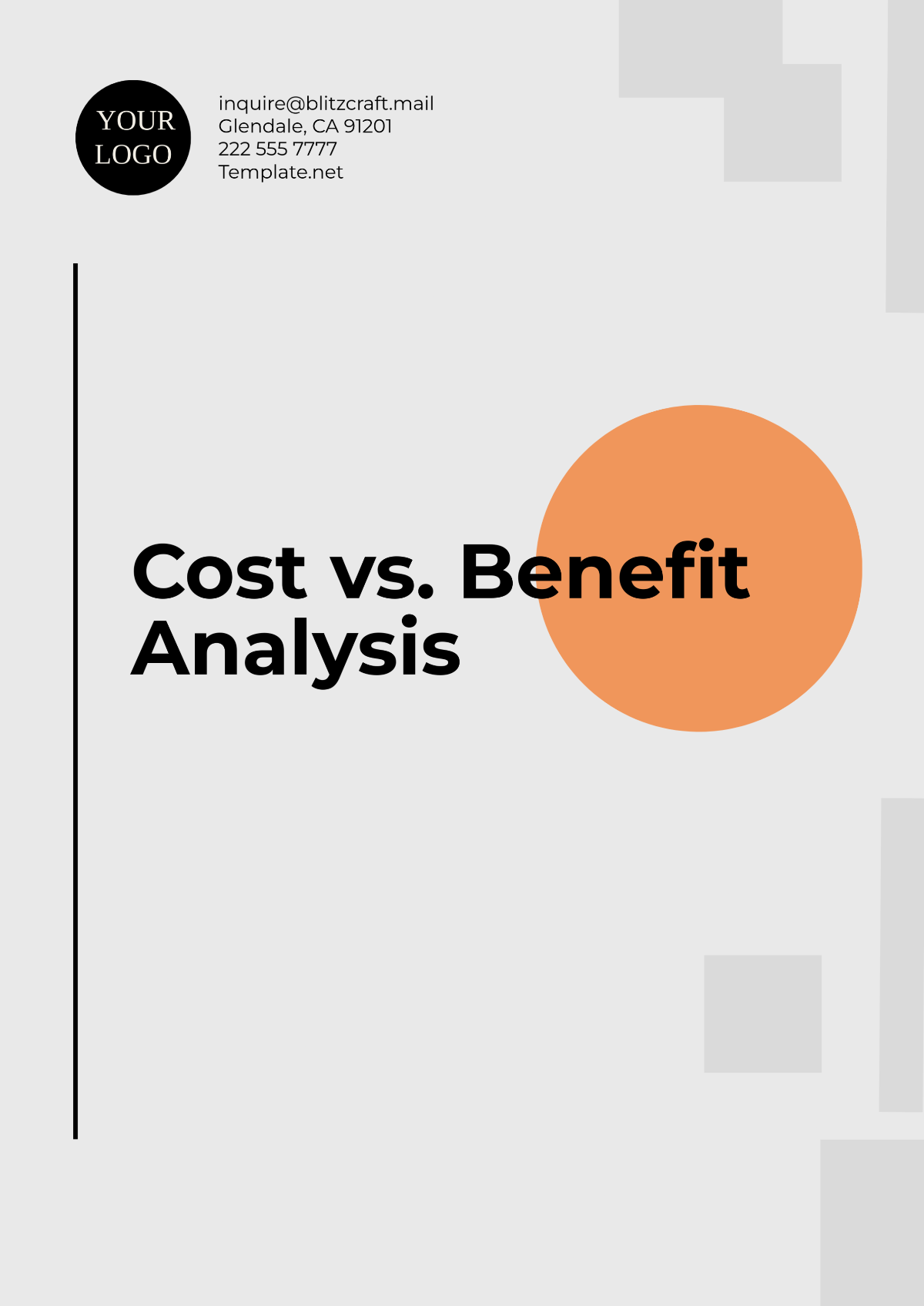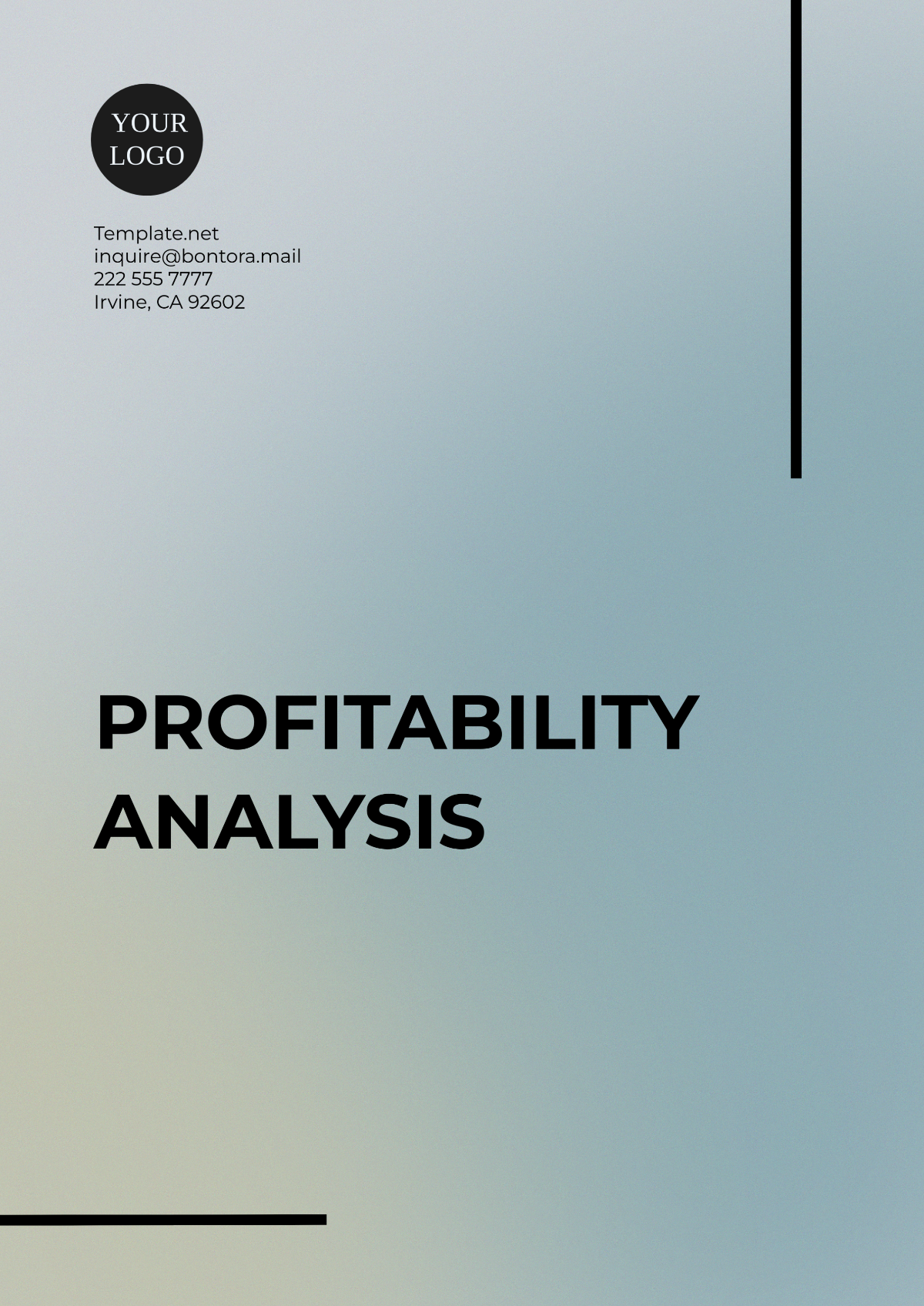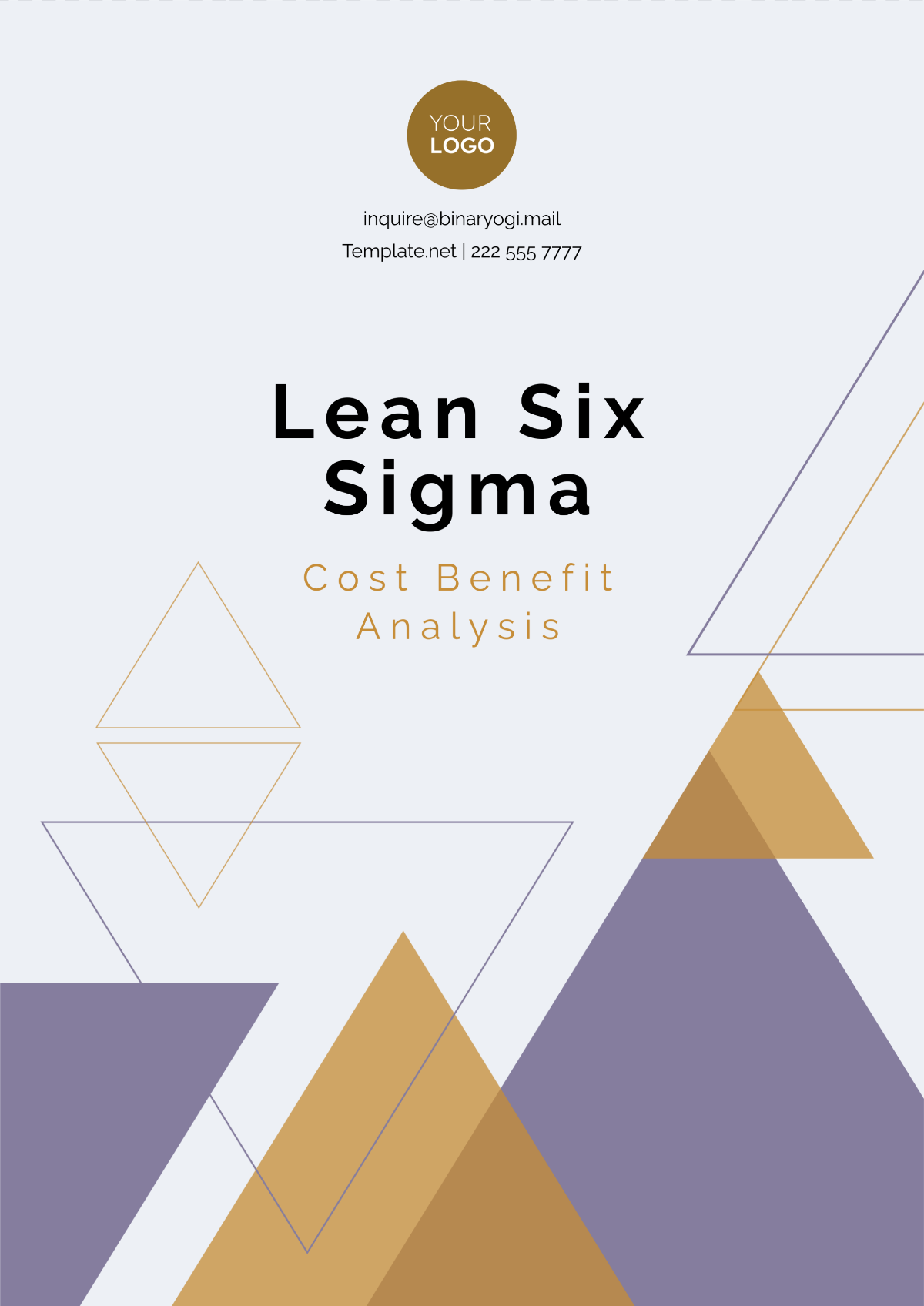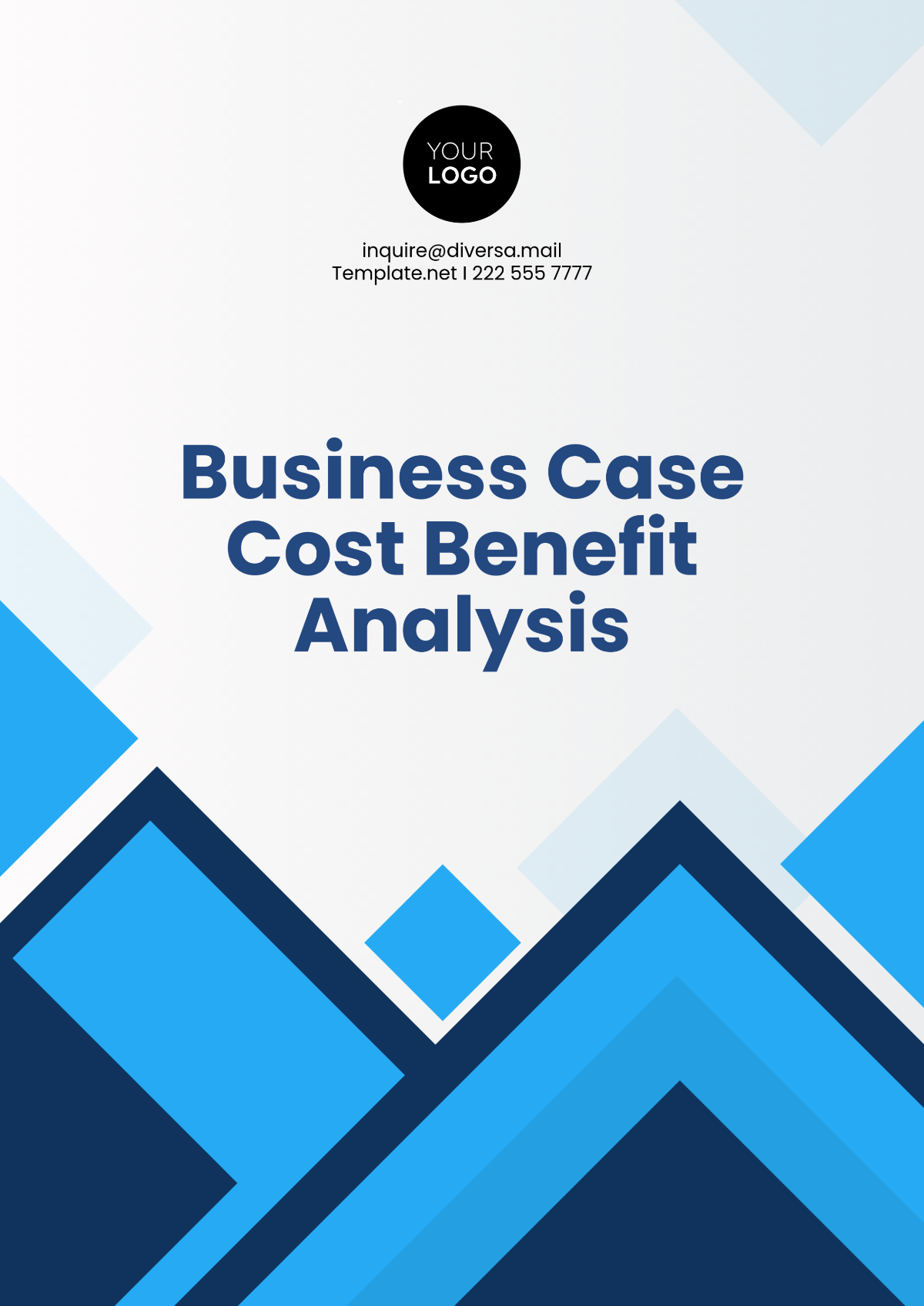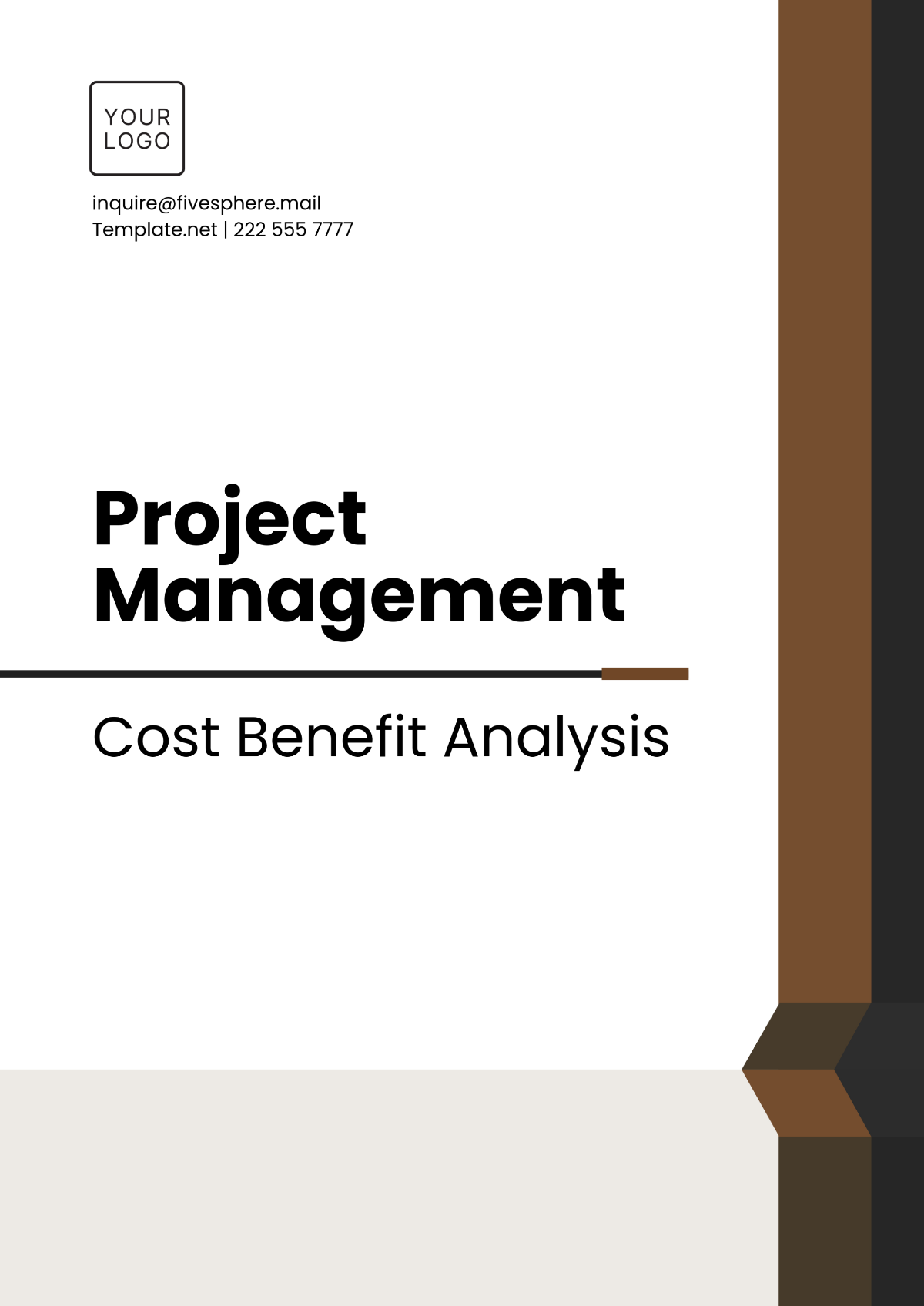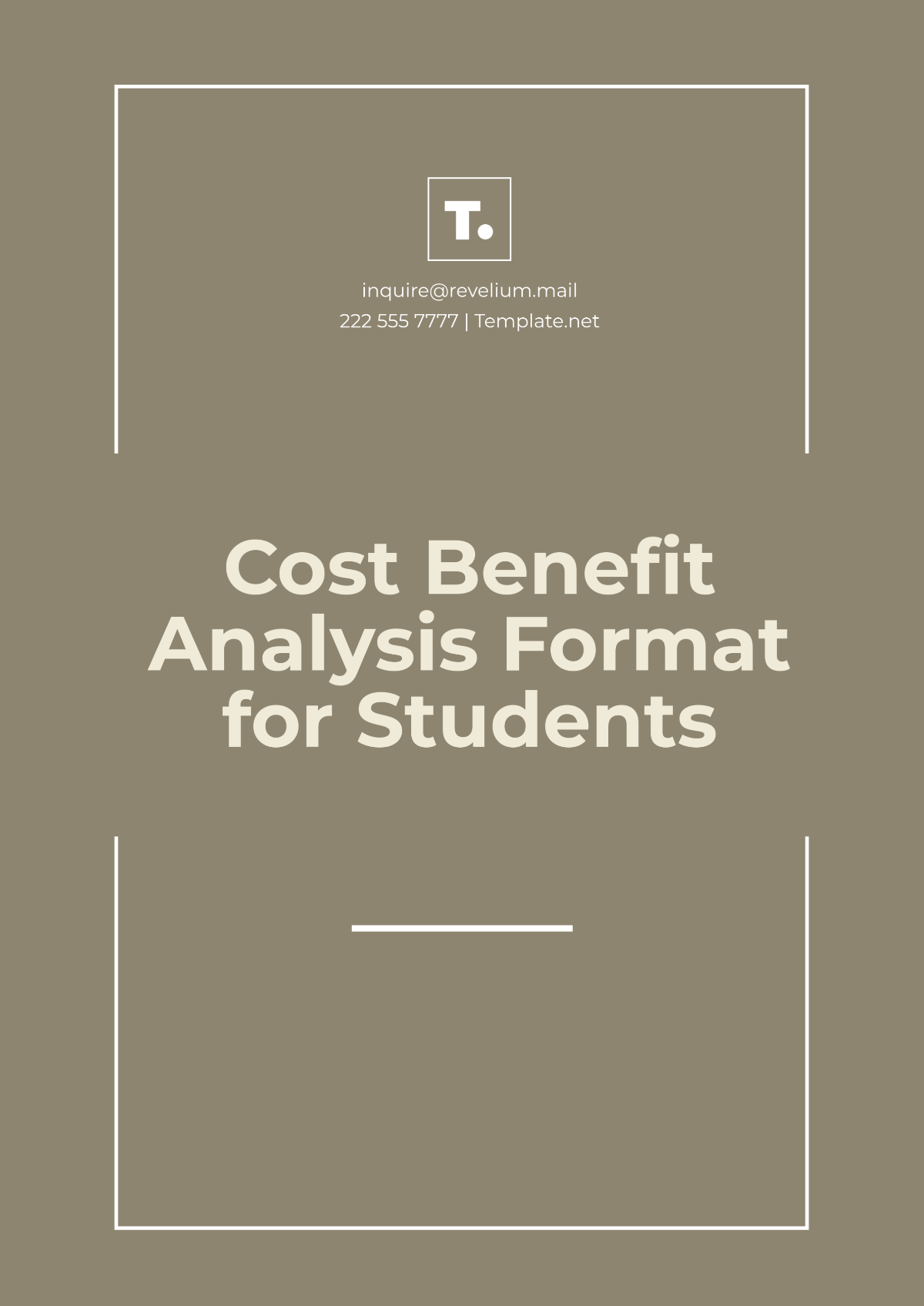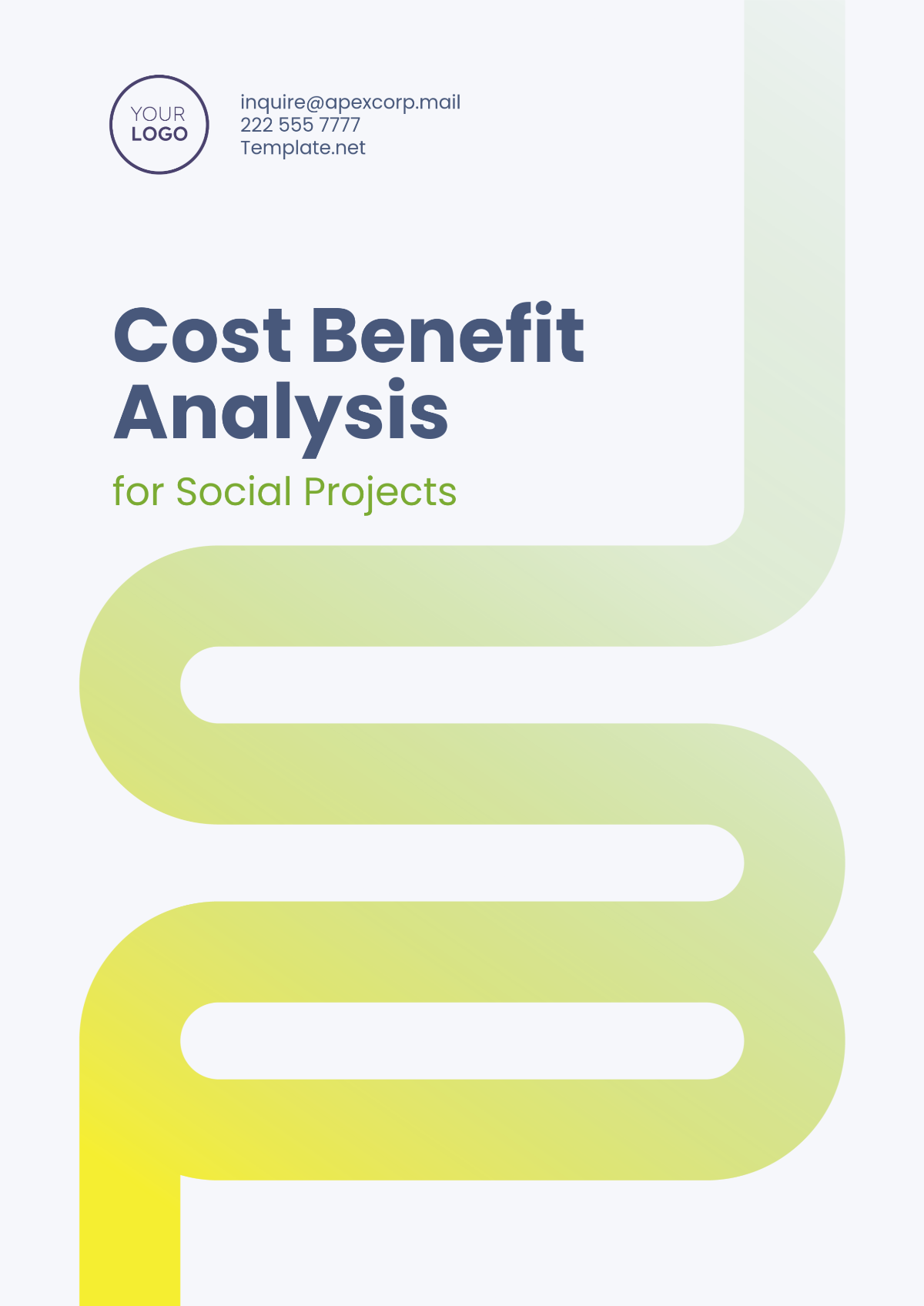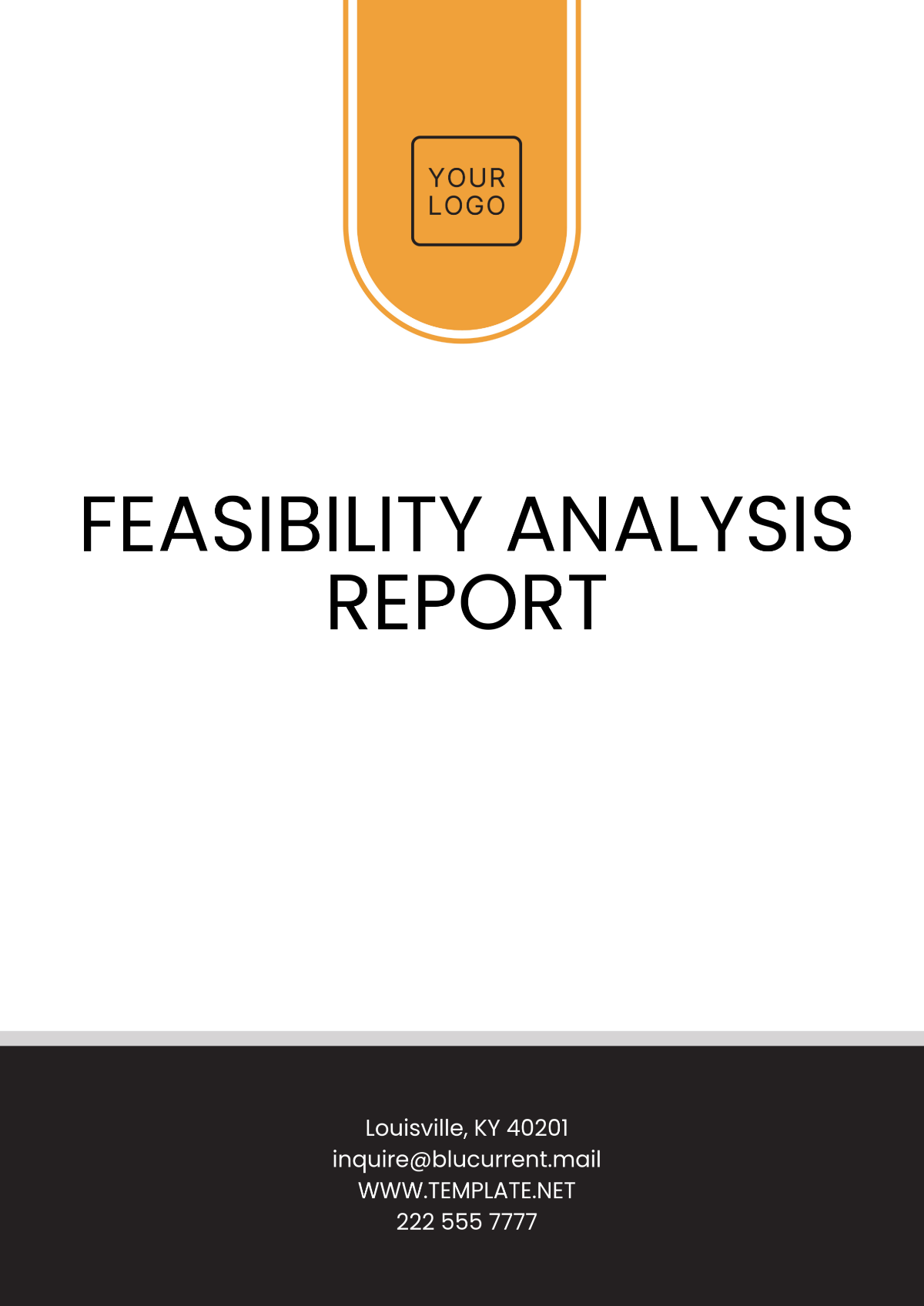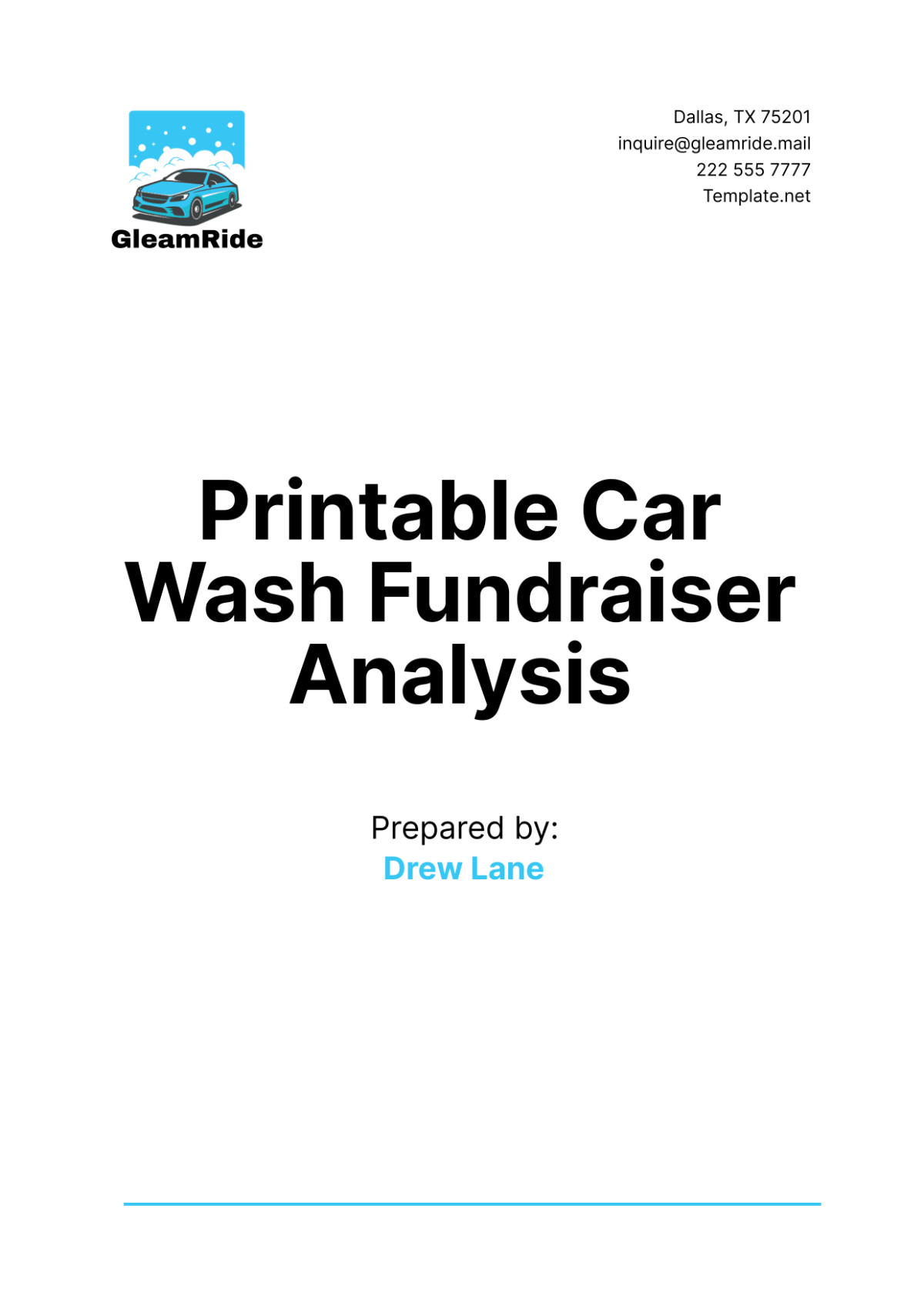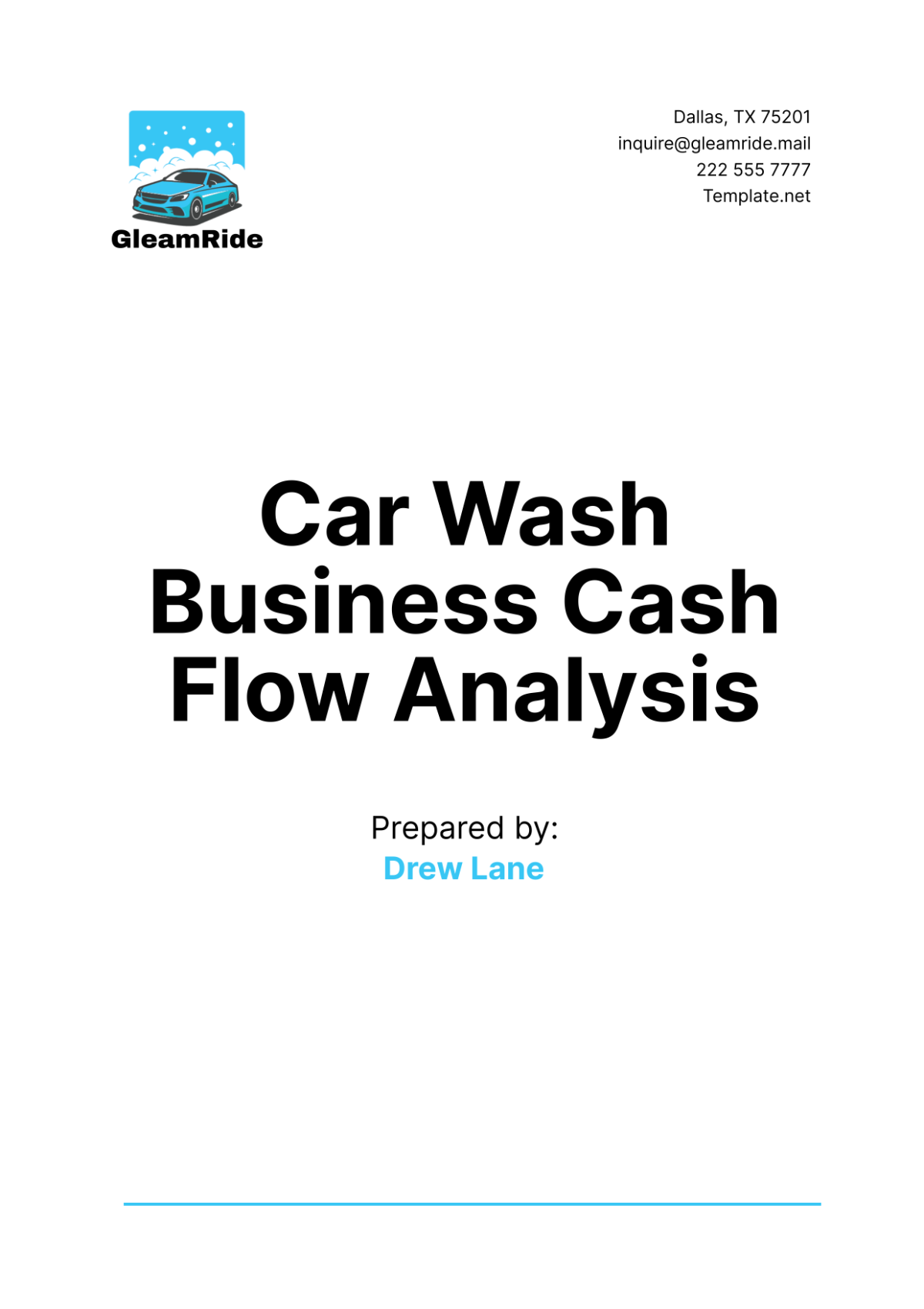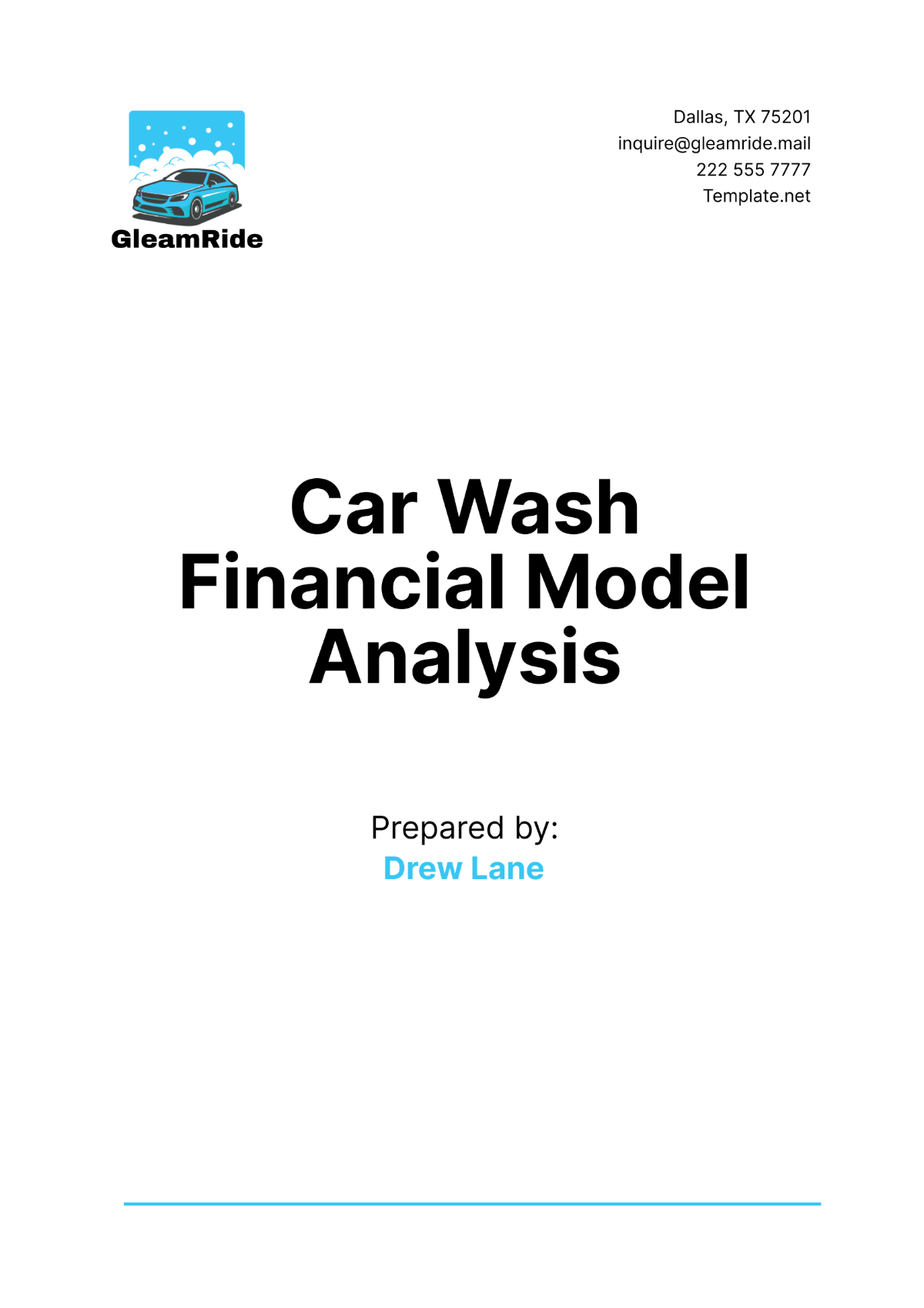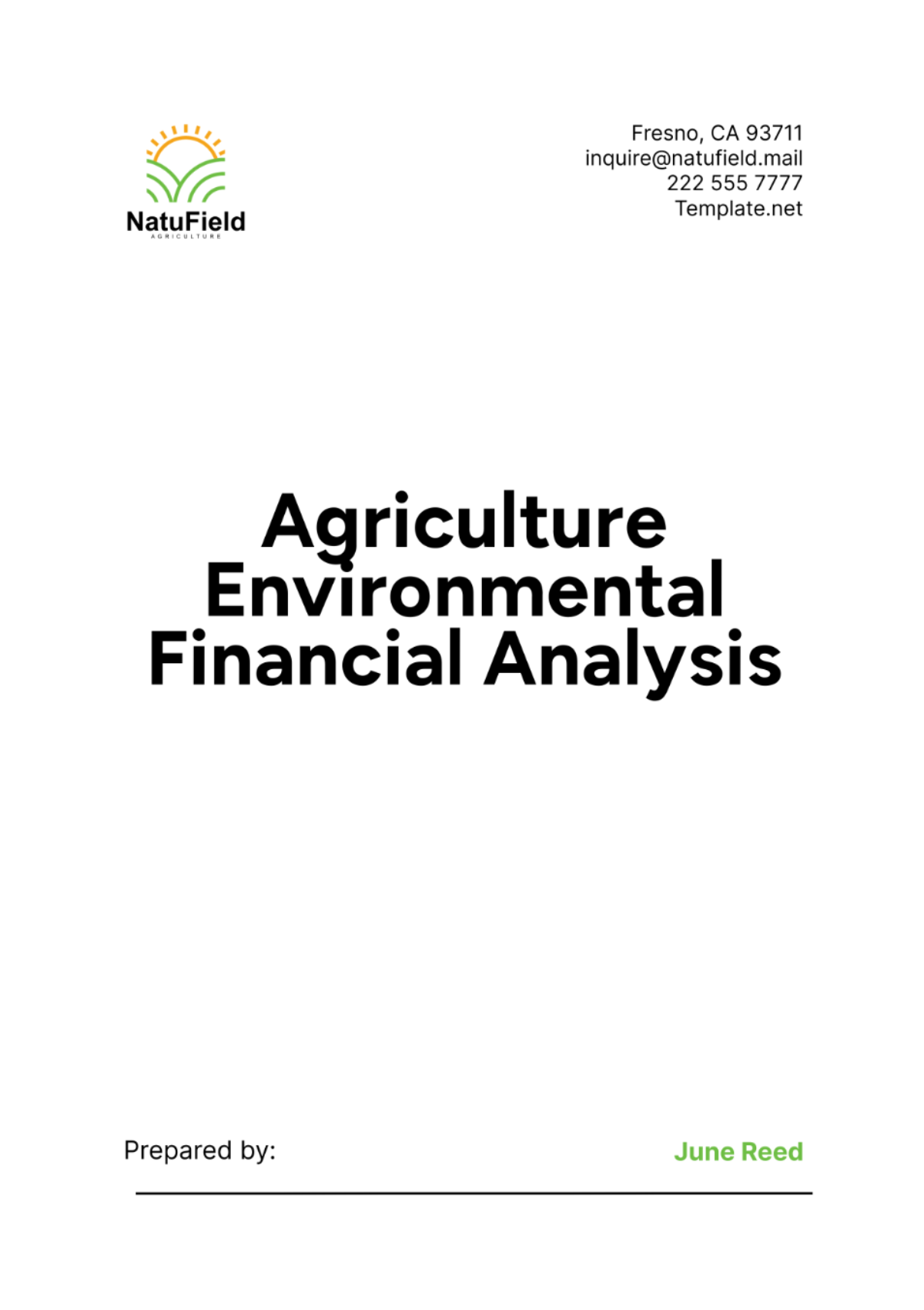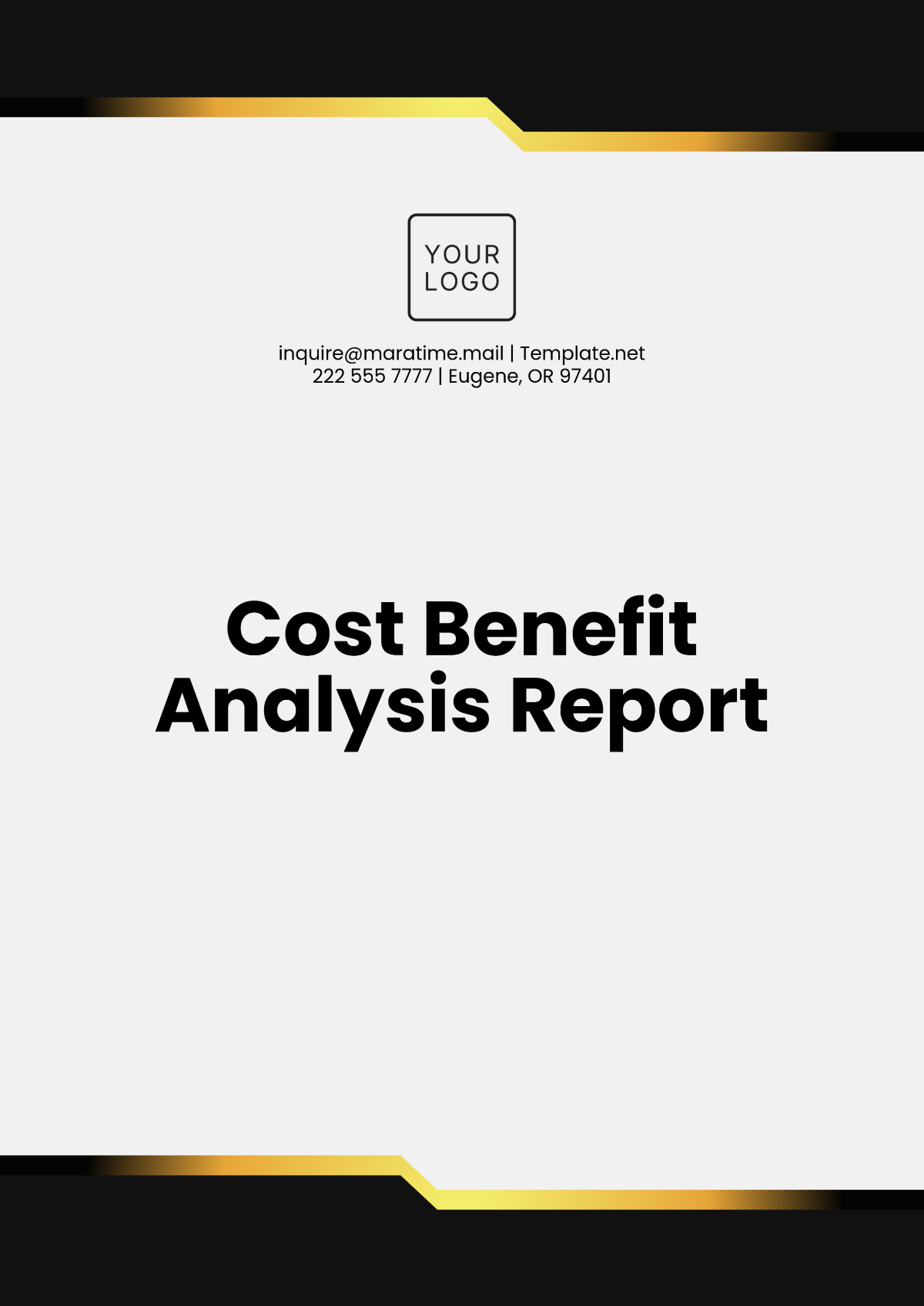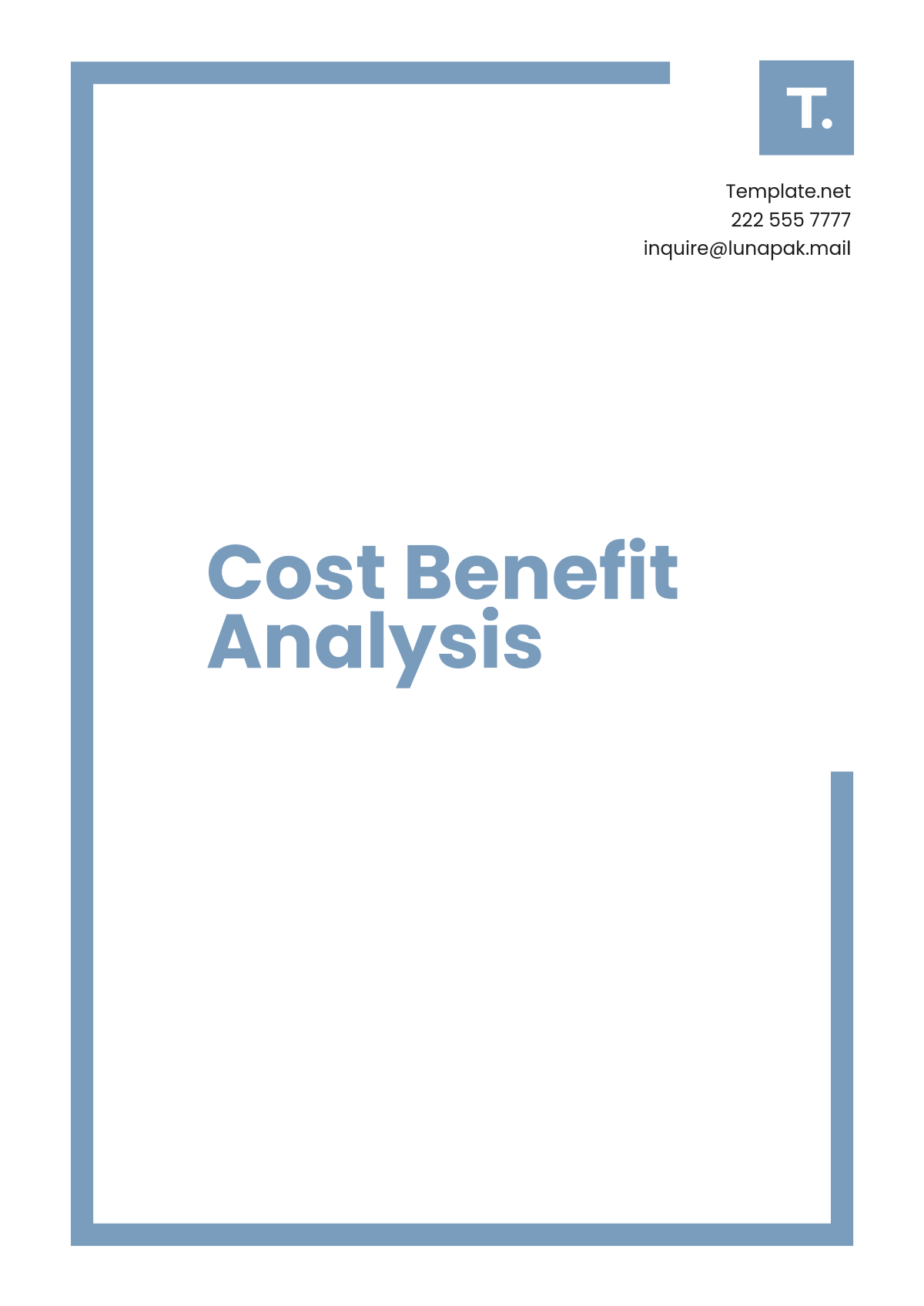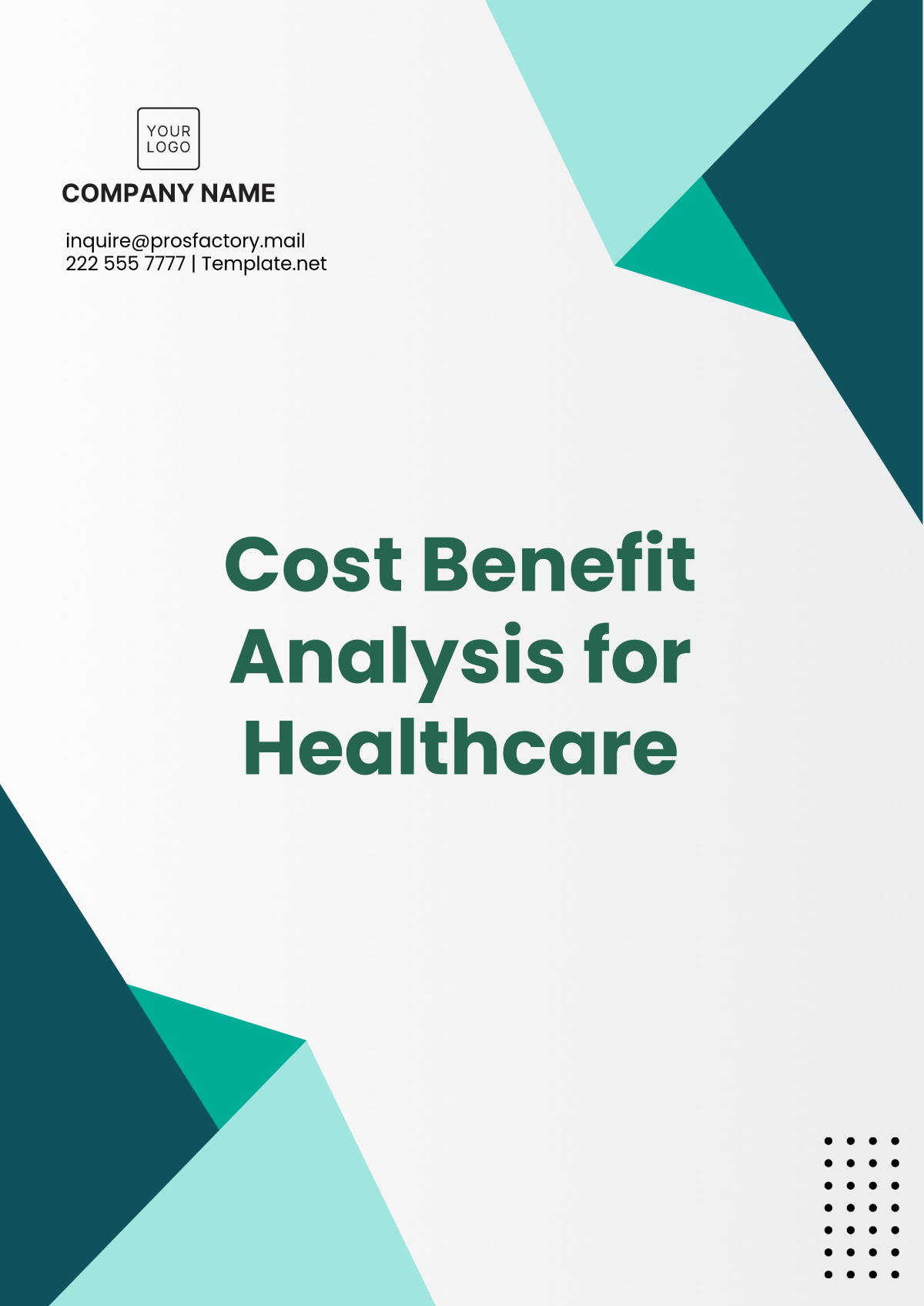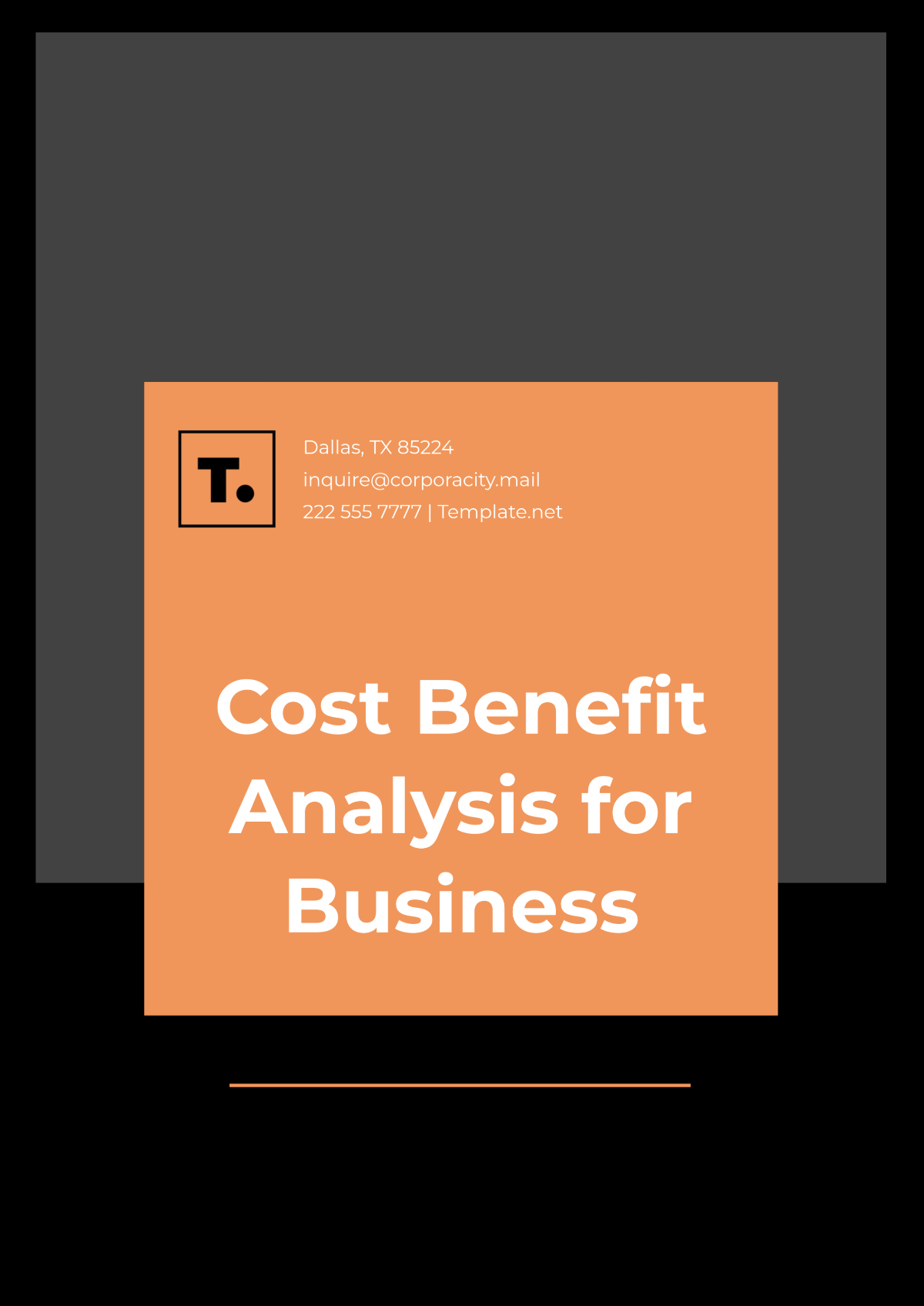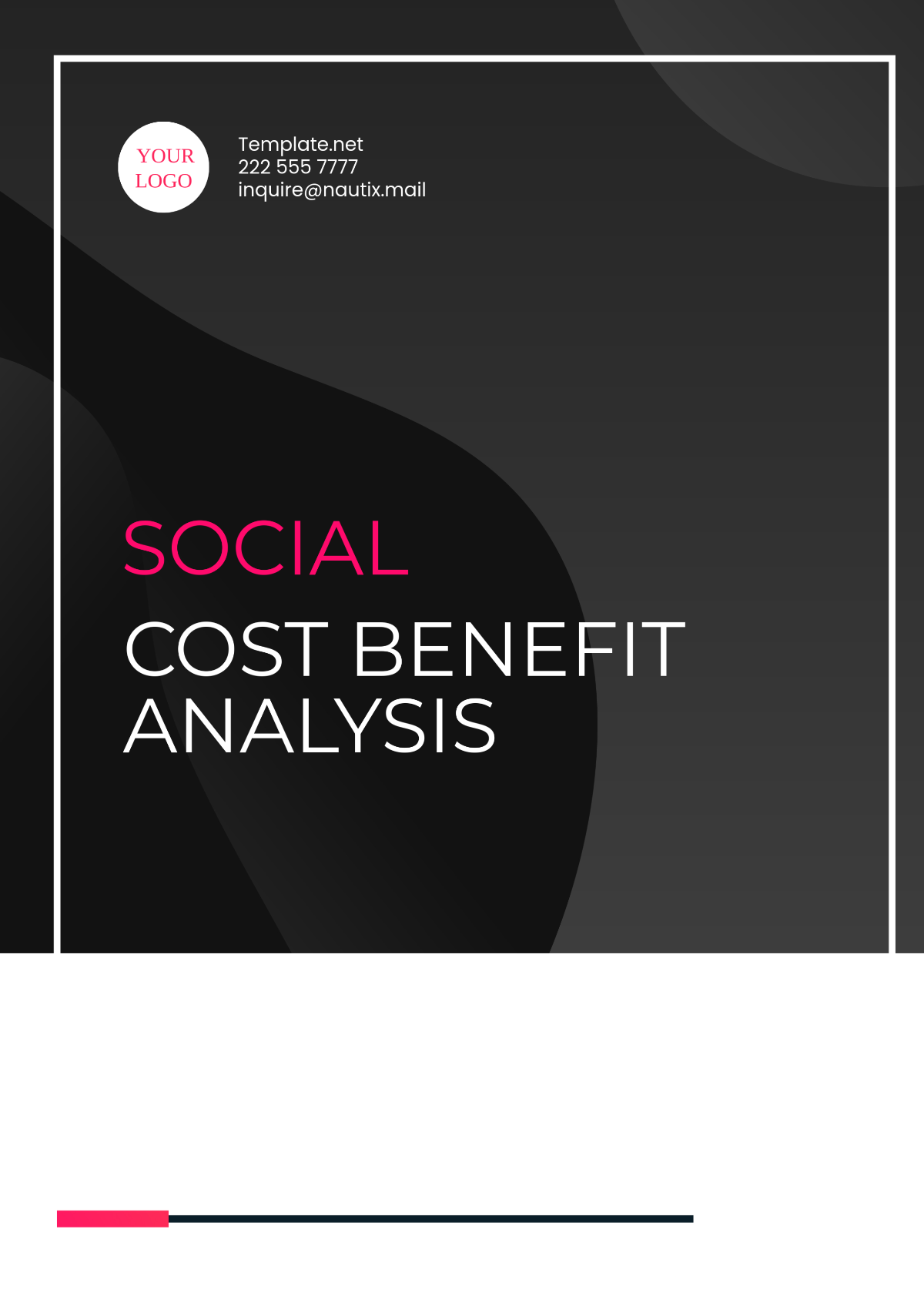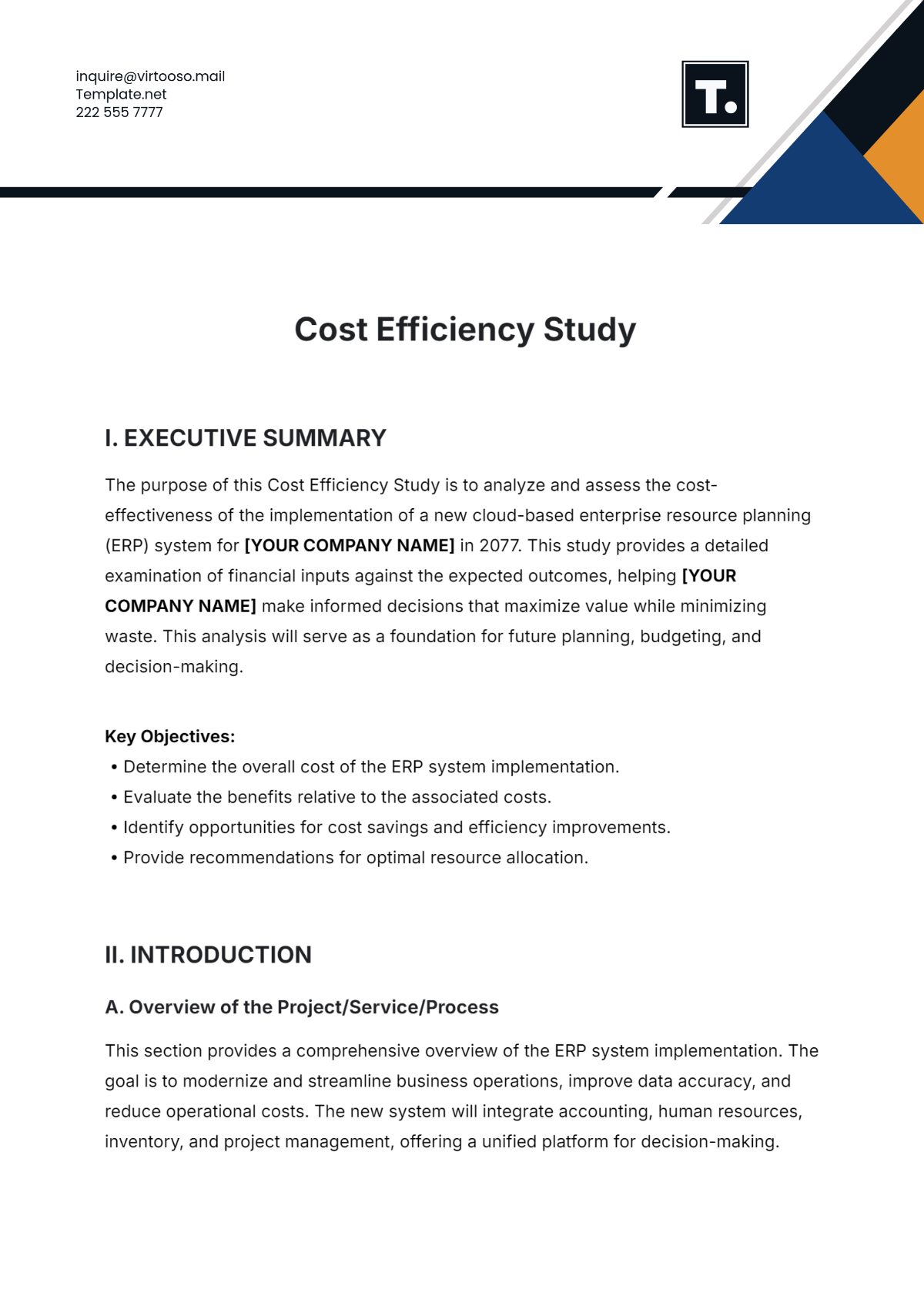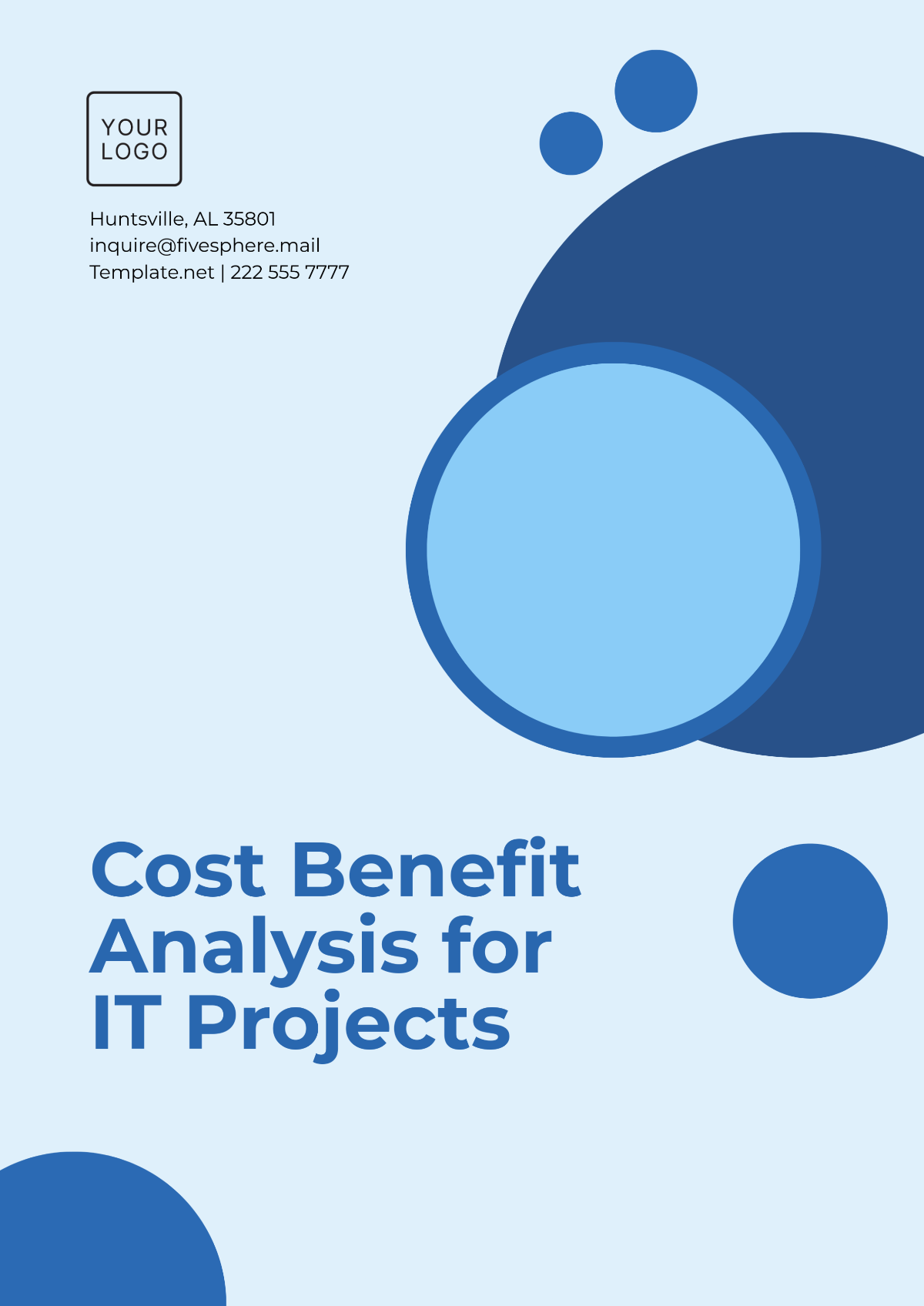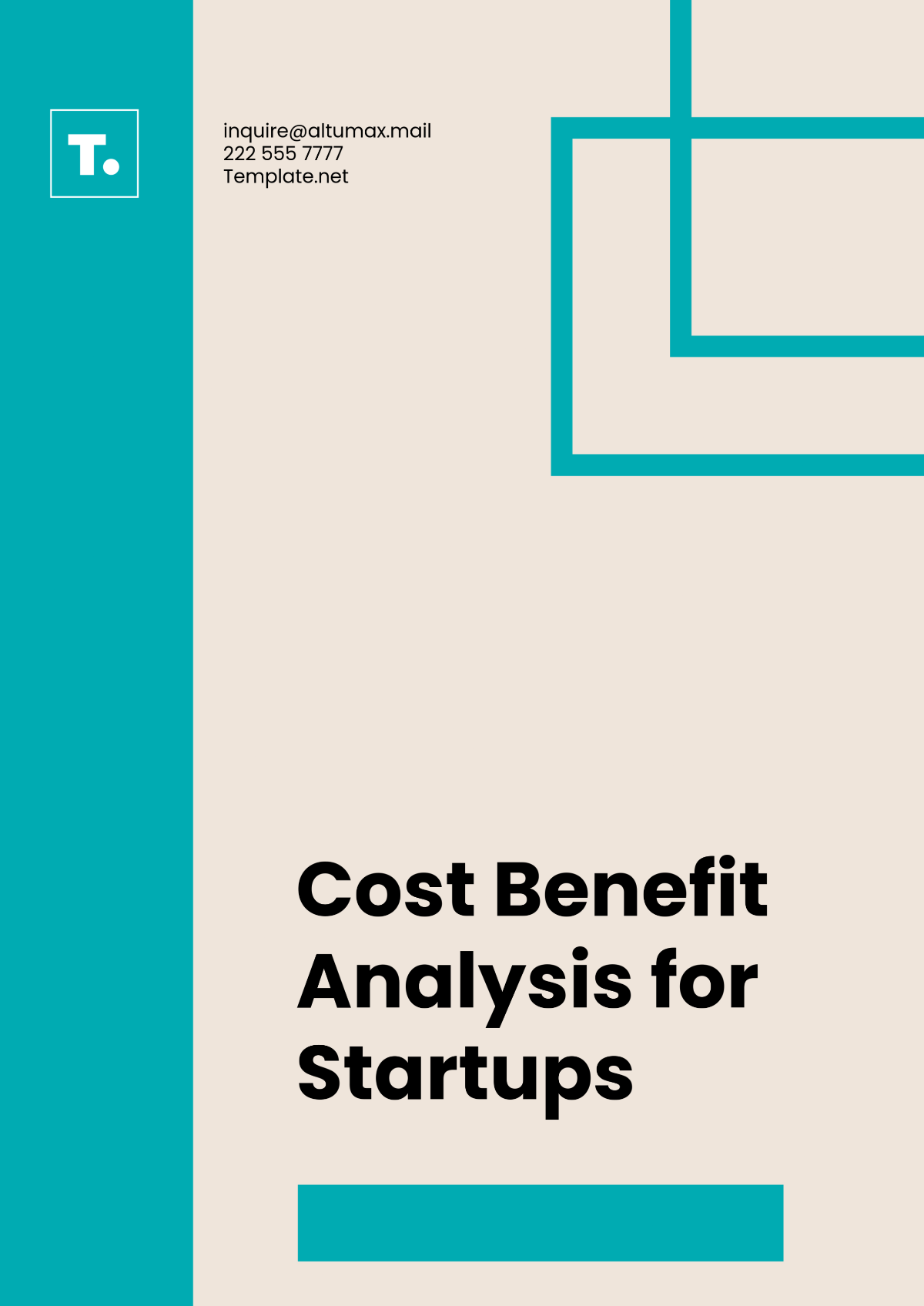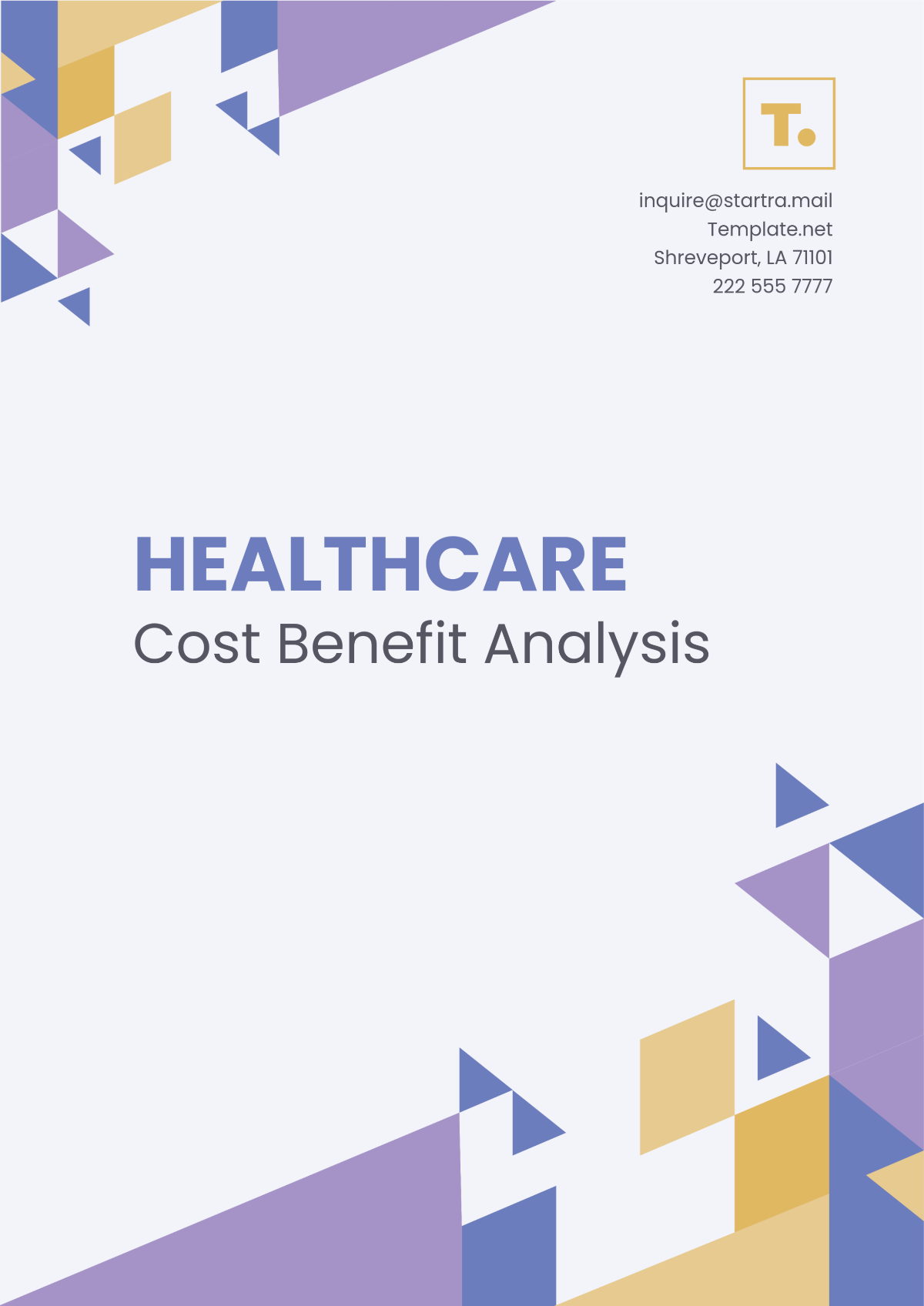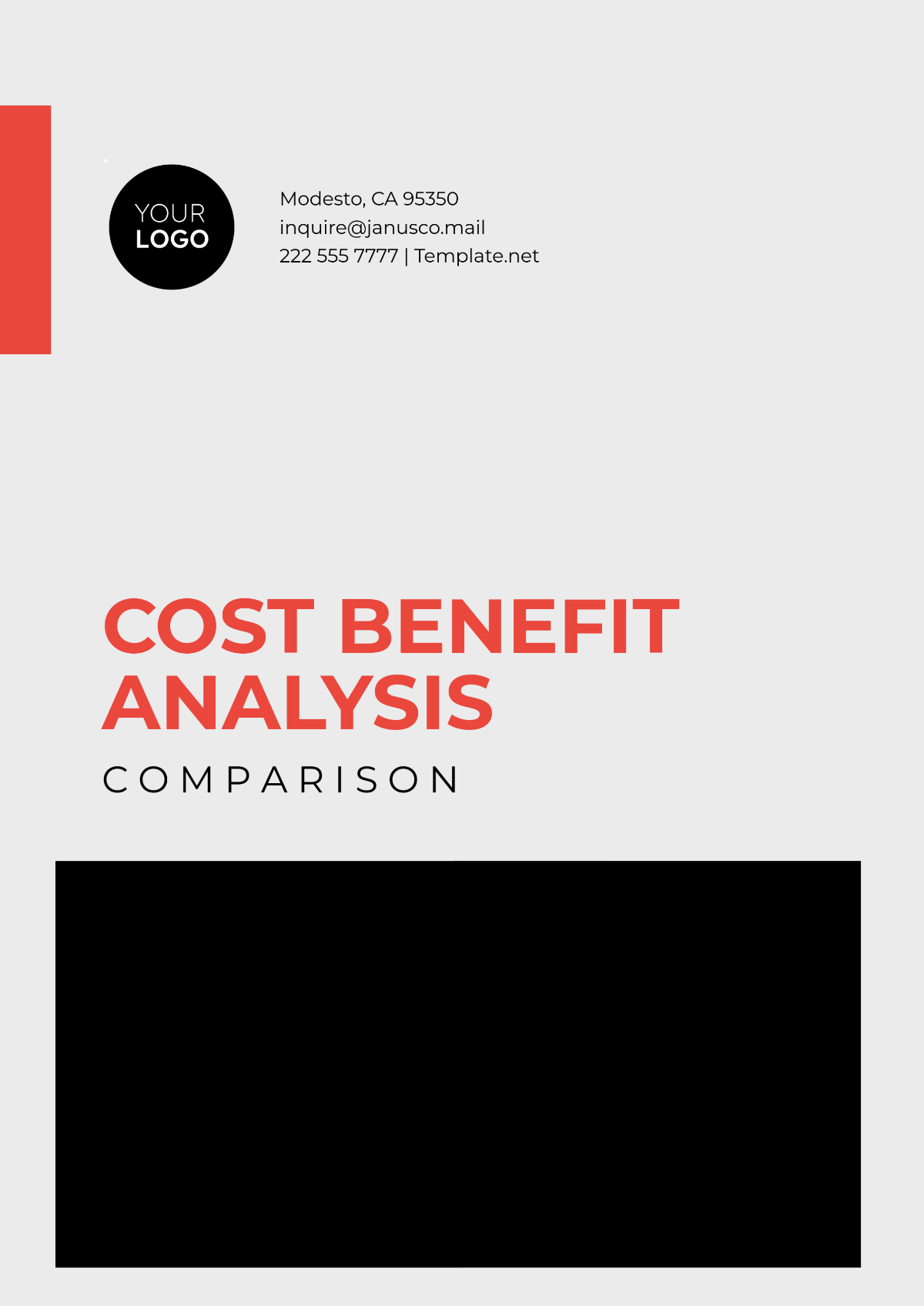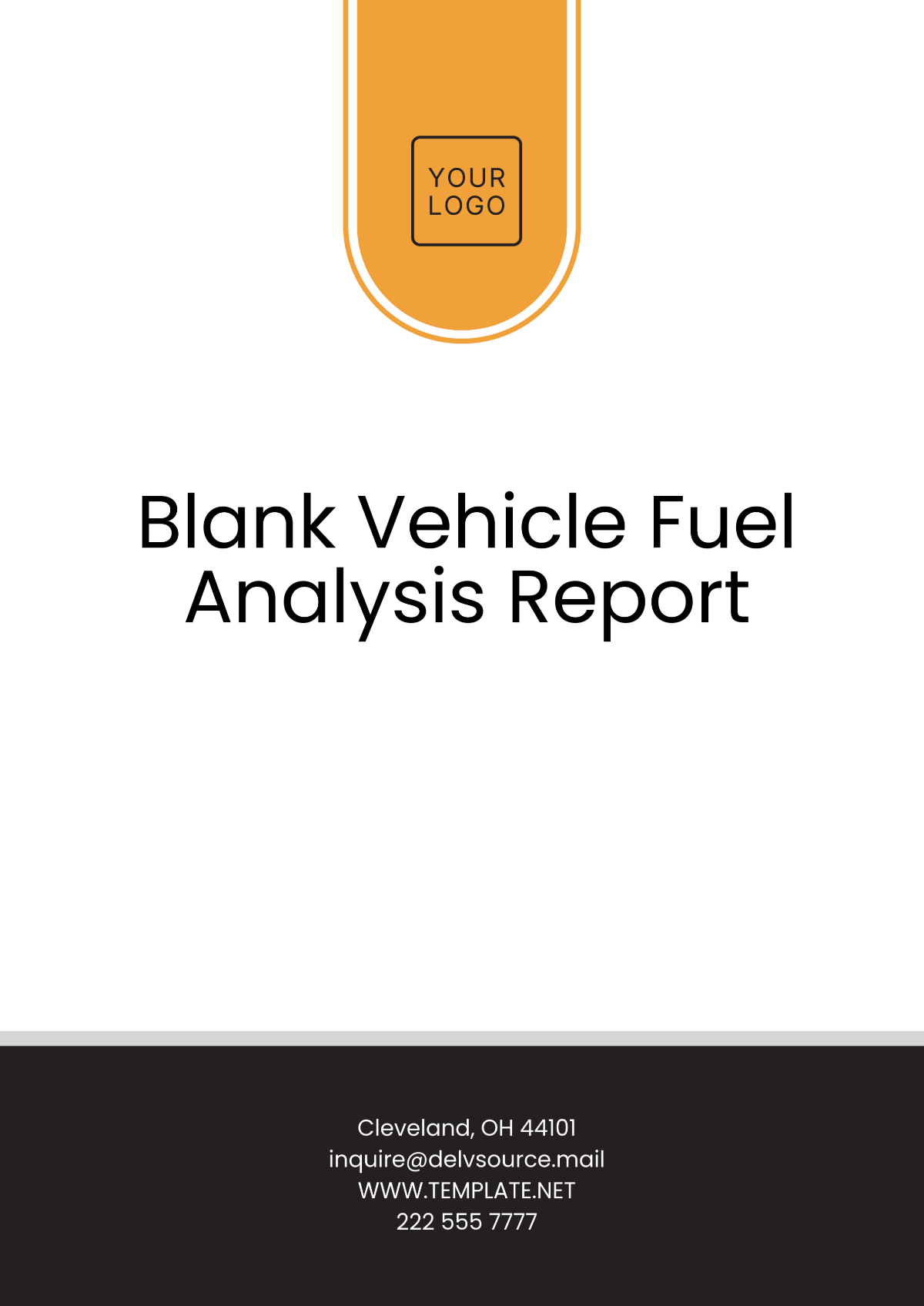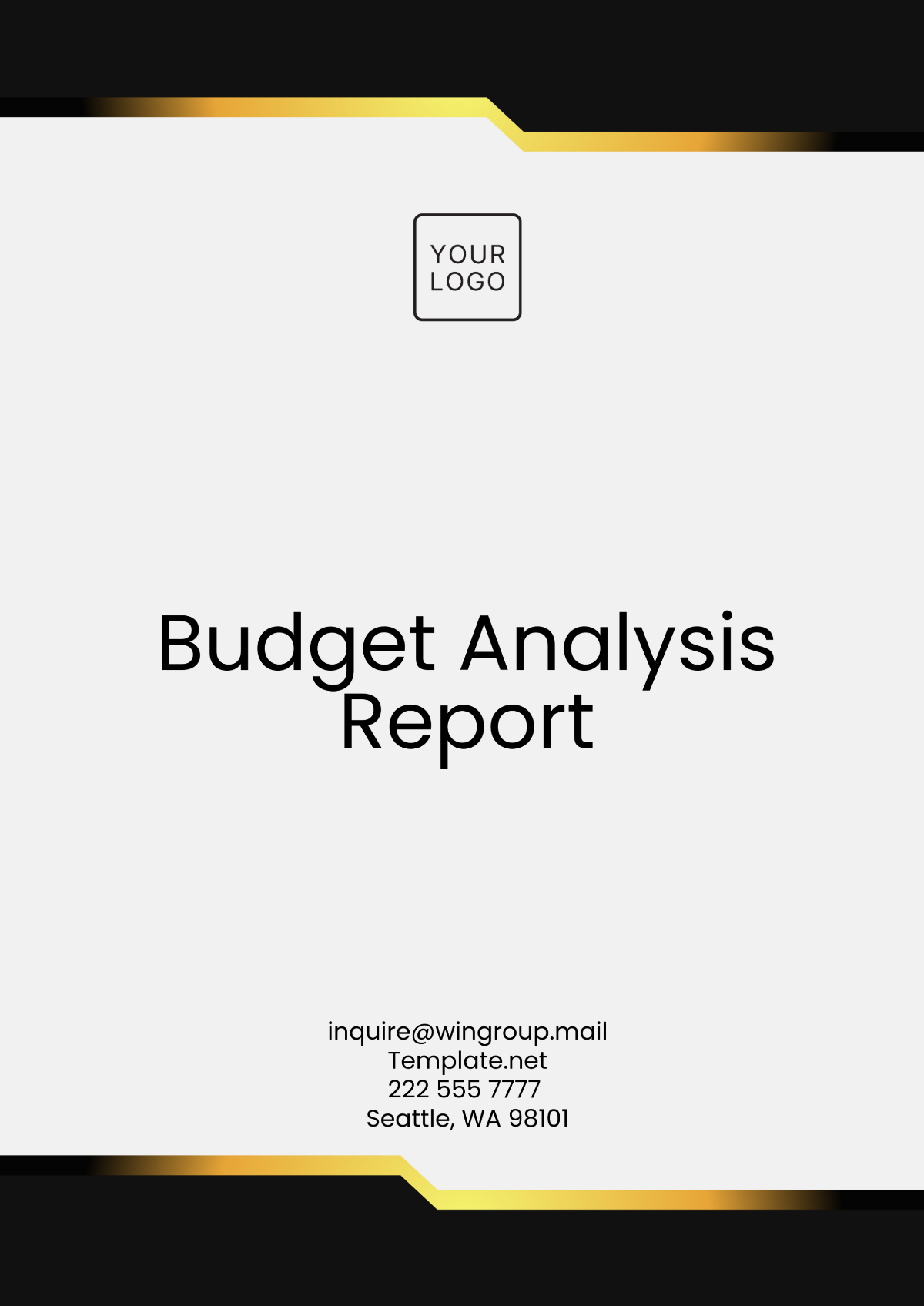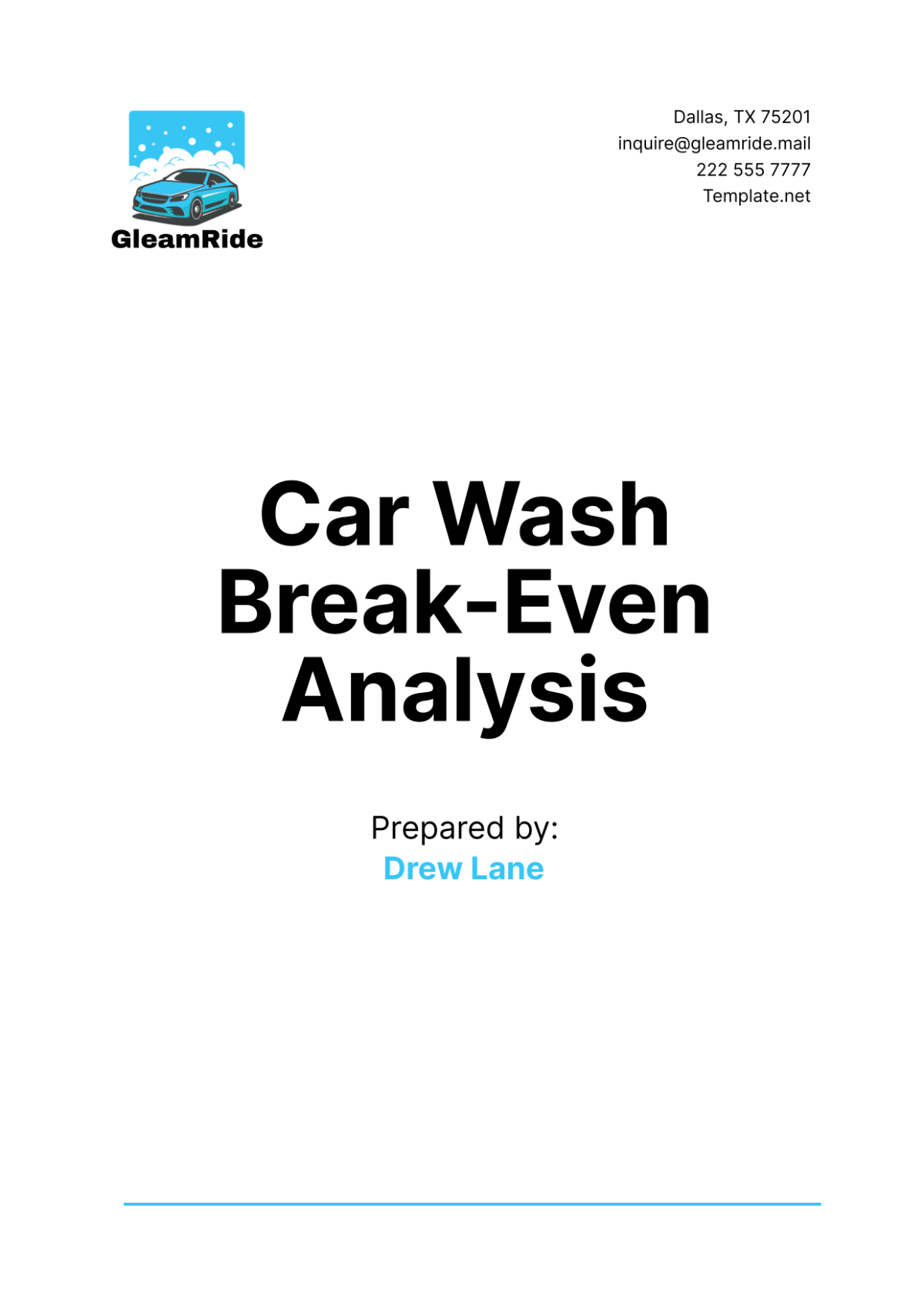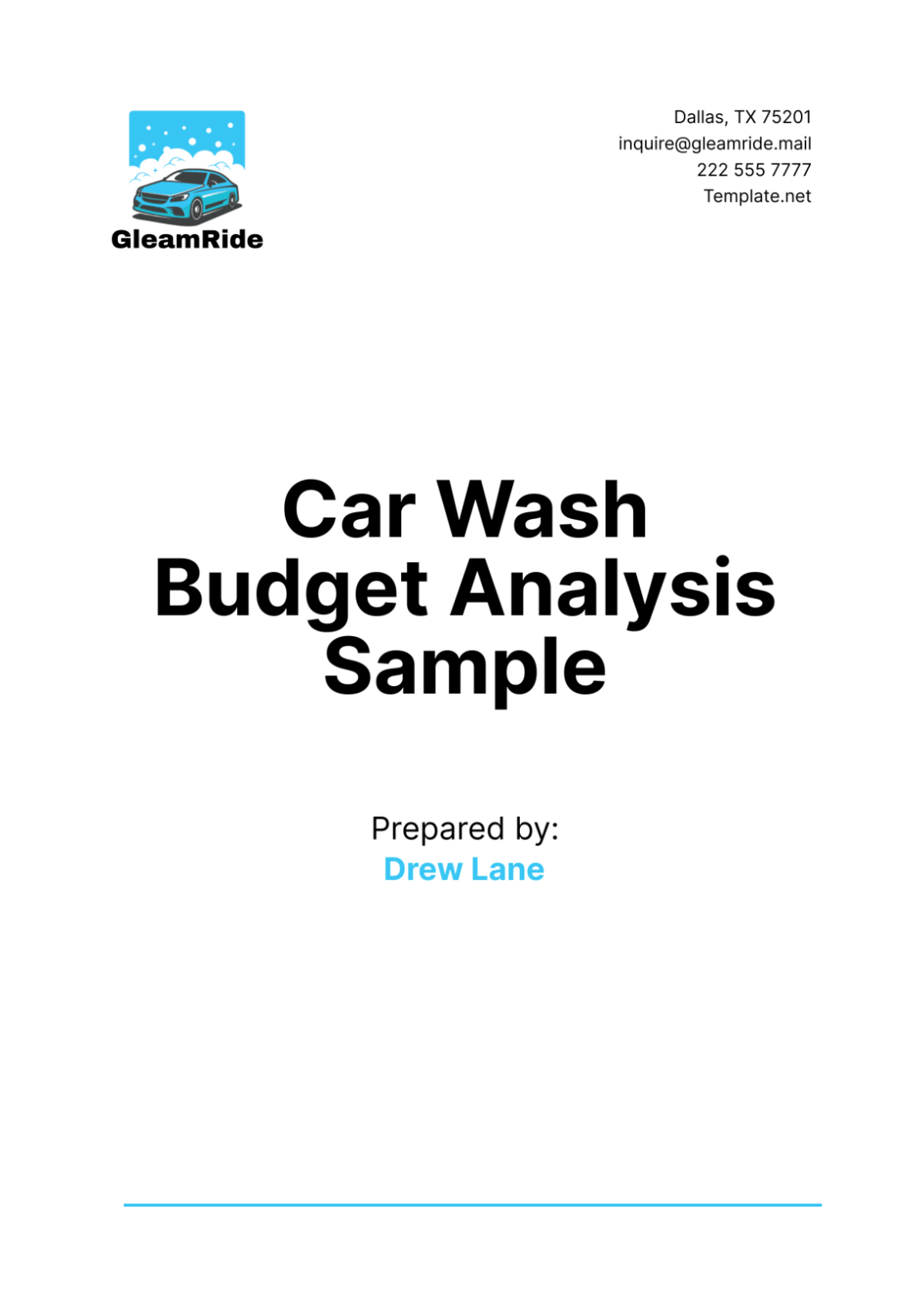Restaurant Break-Even Analysis
I. Introduction
A break-even analysis serves as an essential instrument for evaluating the financial viability and ongoing sustainability of [Your Company Name]. This analysis works by pinpointing the exact moment at which the company's total revenue is equal to its total costs. Understanding this break-even point is pivotal as it reveals the critical threshold of sales that must be achieved to ensure that all expenses are met and no financial losses are incurred. This valuable knowledge aids significantly in establishing effective pricing strategies, controlling expenses, and facilitating well-informed decision-making processes within the business.
II. Executive Summary
The break-even analysis conducted for [Your Company Name] indicates that in order for the restaurant to cover all of its fixed and variable expenses, it is required to achieve a monthly revenue target of $30,000. At this specific level of revenue, [Your Company Name] will operate at a point where it does not experience any financial profit but also avoids any losses. Comprehending this critical break-even point is crucial for the establishment in setting achievable financial objectives and devising effective strategies that will facilitate the attainment of profitability.
III. Background Information
[Your Company Name] operates as a comprehensive service-oriented dining establishment situated in [City, State]. At our restaurant, patrons can enjoy an extensive variety of European Cuisine designed to appeal to an assortment of culinary tastes and dietary preferences. Being a recent entrant into the restaurant industry, it is fundamentally important for us to engage in a detailed break-even analysis. This will enable us to gain a deeper understanding of our underlying cost structures, develop effective pricing strategies, and set appropriate revenue targets to ensure the financial viability and success of our business.
IV. Break-Even Analysis Methodology
The break-even analysis for [Your Company Name] is based on the following formula:
Break-EvenPoint(in units)= Fixed Costs/Selling Price Per Unit-Variable Cost Per Unit
This formula calculates the number of units (or dishes) that need to be sold to cover all fixed and variable costs. Fixed costs include rent, utilities, insurance, and other overhead expenses, while variable costs include ingredients, labor, and other costs directly tied to production. The selling price per unit is the average price at which each menu item is sold.
V. Break-Even Analysis Results
Description | Amount |
|---|---|
Units (or dishes) sold | 3,000 |
Average Selling Price per Unit | $10 |
Variable Cost per Unit | $5 |
Fixed Costs | 15,000 |
Monthly Revenue Needed to Break Even | $30,000 |
Based on the calculations, [Your Company Name] needs to sell approximately 3,000 units (or dishes) per month to break even. This translates to a monthly revenue of $30,000, an average selling price of $10 per unit, and variable costs of $5 per unit. Understanding this break-even point is crucial for [Your Company Name] to set realistic sales targets and pricing strategies.
VI. Recommendations
To achieve profitability, [Your Company Name] should consider the following recommendations:
Menu Engineering: Analyze the menu to identify high-margin items and promote them to increase revenue.
Cost Control Measures: Implement strategies to reduce variable costs without compromising quality.
Pricing Strategies: Evaluate pricing strategies to maximize revenue and cover costs without alienating customers.
Marketing and Promotion: Increase visibility and attract more customers through targeted marketing campaigns and promotions.
Operational Efficiency: Streamline operations to improve efficiency and reduce waste.
Customer Experience Enhancement: Focus on enhancing the overall customer experience to encourage repeat business and positive word-of-mouth. This can include personalized service, ambiance improvements, and special promotions for regular customers.
Supplier Negotiations: Negotiate with suppliers to secure better pricing or discounts on ingredients and supplies. Building strong relationships with suppliers can lead to cost savings and improved margins.
Staff Training and Development: Invest in training programs to improve the skills and efficiency of your staff. Well-trained employees can provide better service, reduce errors, and enhance productivity.
Menu Innovation: Regularly update the menu with new and exciting dishes to attract customers and keep them interested. Monitor the performance of menu items to identify and promote high-margin offerings.
Financial Monitoring and Analysis: Continuously monitor financial performance and analyze key metrics such as food cost percentage, labor cost percentage, and profit margins. Use this data to make informed decisions and identify areas for improvement.
Online Presence and Marketing: Leverage online channels such as social media, websites, and online delivery platforms to reach a wider audience. Engage with customers online and use digital marketing strategies to drive traffic to your restaurant.
Cost-effective Advertising: Explore cost-effective advertising options such as local partnerships, community events, and targeted online advertising. Focus on channels that reach your target market effectively.
VII. Implementation Plan
To translate the recommendations into action, [Your Company Name] should develop a detailed implementation plan. This plan should outline specific steps, timelines, and responsibilities for executing each recommendation. Key elements of the implementation plan include:
Timeline: Create a timeline for implementing each recommendation, taking into account any dependencies or resource constraints. Assign deadlines for each task to ensure timely execution.
Responsibilities: Clearly define who is responsible for implementing each recommendation. Assign roles and responsibilities to ensure accountability and effective coordination.
Budget: Estimate the costs associated with implementing each recommendation. Allocate resources accordingly and identify any potential sources of funding or cost-saving opportunities.
Monitoring and Evaluation: Establish metrics and benchmarks to monitor the progress and effectiveness of the implementation plan. Regularly review and adjust the plan as needed based on the results.
Communication Plan: Develop a communication plan to keep stakeholders informed about the implementation progress. Provide regular updates and seek feedback to ensure alignment with organizational goals.
By developing and implementing an effective plan, [Your Company Name] can successfully execute the recommendations and achieve its financial goals. Regularly review and update the plan to adapt to changing circumstances and ensure continuous improvement in profitability and performance.
VIII. Conclusion
The break-even analysis for [Your Company Name] provides valuable insights into the restaurant's financial performance and sustainability. By understanding the break-even point and implementing the recommended strategies, [Your Company Name] can improve its profitability and achieve long-term success in the competitive restaurant industry. This analysis serves as a roadmap for [Your Company Name] to make informed decisions and achieve financial stability in the market.
By focusing on menu engineering, cost control measures, pricing strategies, marketing efforts, and operational efficiency, [Your Company Name] can enhance its overall business performance and establish a strong foundation for future growth. It is essential for [Your Company Name] to regularly review and adjust its strategies based on changing market conditions and customer preferences to remain competitive in the dynamic restaurant industry.



